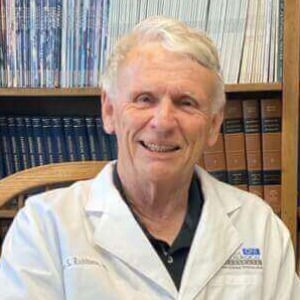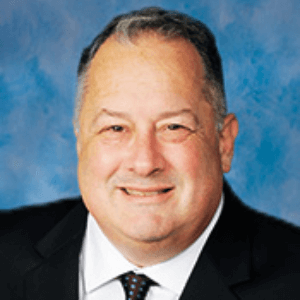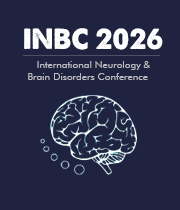Subthalamic Nucleus
The subthalamic nucleus (STN) is a key structure in brain circuitry that is involved in movement and motor control. It is located near the base of the brain, below the thalamus in both hemispheres. Research suggests that the STN is a key node in the basal ganglia–thalamocortical circuit, and is involved in the modulating and controlling of motor processes such as switching between motor programs and selecting proper motor pathways. The STN receives input from cortical, thalamic, and basal ganglia areas and projects to several brain structures, including the globus pallidus (GP), the substantia nigra, and the thalamus. The STN has been implicated in the pathophysiology of several motor disorders. Studies have shown that dysfunctional activity in the STN is associated with disorders such as Parkinson’s Disease and Essential Tremor. Researchers hypothesize that increased abnormality of the STN occurs secondary to disruption of the basal ganglia–thalamocortical circuit, which results from abnormal activity in the cortico-basal ganglia-thalamocortical loop. One of the main treatments for certain motor disorders is the surgical procedure known as deep brain stimulation (DBS). DBS is a procedure in which electrical stimulation is applied to a targeted region of the brain, typically the STN, in order to alter neural activity in the affected area. It is often used to treat conditions such as Parkinson’s disease and dystonia. DBS is thought to restore the balance between opposing activity within the thalamus and basal ganglia–thalamocortical circuits, thereby restoring normal motor behavior. In conclusion, the subthalamic nucleus is an important brain structure involved in motor control and associated with a number of motor disorders. Disruption of the basal ganglia–thalamocortical circuit is thought to be a main cause of several movement disorders, and deep brain stimulation is often used to restore normal motor behavior in these cases by altering activity in the affected area.

Joe Sam Robinson
Mercer University, United States
Robert B Slocum
University of Kentucky HealthCare, United States
George Diaz
Memorial Healthcare Systems, United States
Daniel Curry
Texas Children’s Hospital, United States
Zhenhuan Liu
Guangzhou University Chinese Medicine, China
Kiran Ghotra
Lake Erie College of Osteopathic Medicine, United States




Title : Atypical presentation of Juvenile myoclonic epilepsy in a 16-year-old female: A Case Report
George Diaz, Memorial Healthcare Systems, United States
Title : What we don’t know about hydrocephalus and It’s management
Daniel Curry, Texas Children’s Hospital, United States
Title : Artificial intelligence-driven DWI and FLAIR for the detection of early stroke changes: A systematic review
Shari L Guerra, The Medical City, Philippines
Title : Mapping neuroplasticity in occupational therapy: Evidence-based interventions with measurable neural outcomes
Jessica Marchant, Texas Woman's University, United States
Title : Non-pharmacologic management of orthostatic hypotension in inpatient rehabilitation: A quality improvement initiative
Laura Steakin, Rehabilitation Institute at Sinai, United States
Title : Non-pharmacologic management of orthostatic hypotension in inpatient rehabilitation: A quality improvement initiative
Mackenzie Weber, Rehabilitation Institute at Sinai, United States